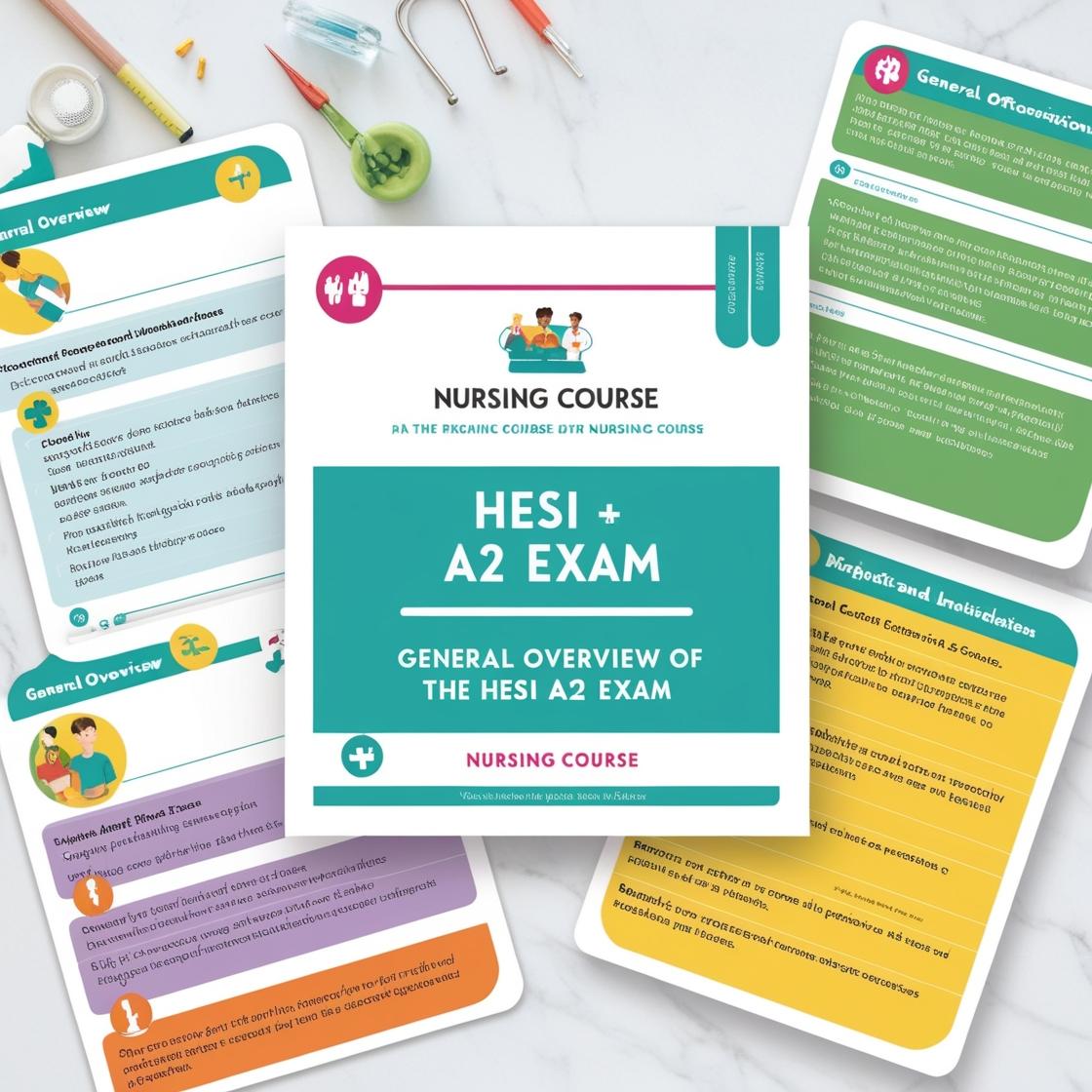HESI A2
HESI A2 Math Practice
1. Subtract 28 3/4 - 5 5/6.
- A. 22 & 11/12
- B. 23 & 1/2
- C. 34 & 1/12
- D. 22 & 2/3
Correct answer: A
Rationale: To subtract mixed numbers, find a common denominator. Convert 28 3/4 to 28 9/12. Then, subtract 5 5/6 from 28 9/12 to get 22 11/12. Therefore, 28 3/4 - 5 5/6 = 22 & 11/12, which matches choice A. Choices B, C, and D are incorrect because they do not reflect the correct subtraction result after finding the common denominator and performing the subtraction.
2. How many pounds are in 176 ounces?
- A. 15 pounds
- B. 10 pounds
- C. 12 pounds
- D. 11 pounds
Correct answer: D
Rationale: To convert ounces to pounds, you divide the number of ounces by 16 since there are 16 ounces in a pound. Therefore, 176 ounces ÷ 16 = 11 pounds. Choice A is incorrect because it miscalculates the conversion. Choices B and C are also incorrect as they do not accurately convert the given ounces to pounds.
3. Solve for y if y = 3: 4y + 21 / y.
- A. 7.7
- B. 19
- C. 23/3
- D. 11
Correct answer: B
Rationale: To solve for y, substitute y = 3 into the equation: 4(3) + 21 / 3 = 12 + 7 = 19. Therefore, the correct answer is 19. Choice A (7.7) is incorrect as it does not result from the substitution. Choice C (23/3) is incorrect as it does not match the calculated value. Choice D (11) is incorrect, as it is not the result of the provided equation.
4. Multiply: 3/4 × 1/3.
- A. 1/4
- B. 1/3
- C. 3/5
- D. 3/8
Correct answer: A
Rationale: To multiply fractions, multiply the numerators together and the denominators together. In this case, 3/4 × 1/3 = (3 × 1) / (4 × 3) = 3/12 = 1/4. Therefore, the correct answer is A: 1/4. Choices B (1/3), C (3/5), and D (3/8) are incorrect because they do not result from the correct multiplication of the given fractions.
5. A train travels at 65 mph for 1.5 hours. How far did it travel?
- A. 97.5 miles
- B. 95 miles
- C. 100 miles
- D. 100.5 miles
Correct answer: A
Rationale: To find the distance traveled, multiply the speed of the train (65 mph) by the time it traveled (1.5 hours): 65 mph × 1.5 hours = 97.5 miles. Therefore, the train traveled 97.5 miles. Choice B, 95 miles, is incorrect as it does not account for the correct calculation. Choice C, 100 miles, is incorrect as it is a rounded-up value. Choice D, 100.5 miles, is incorrect as it is a miscalculation.
Similar Questions

Access More Features
HESI A2 Basic
$99/ 30 days
- 3,000 Questions with answers
- 30 days access @ $99
HESI A2 Premium
$149.99/ 90 days
- Actual HESI A 2 Questions
- 3,000 questions with answers
- 90 days access @ $149.99
